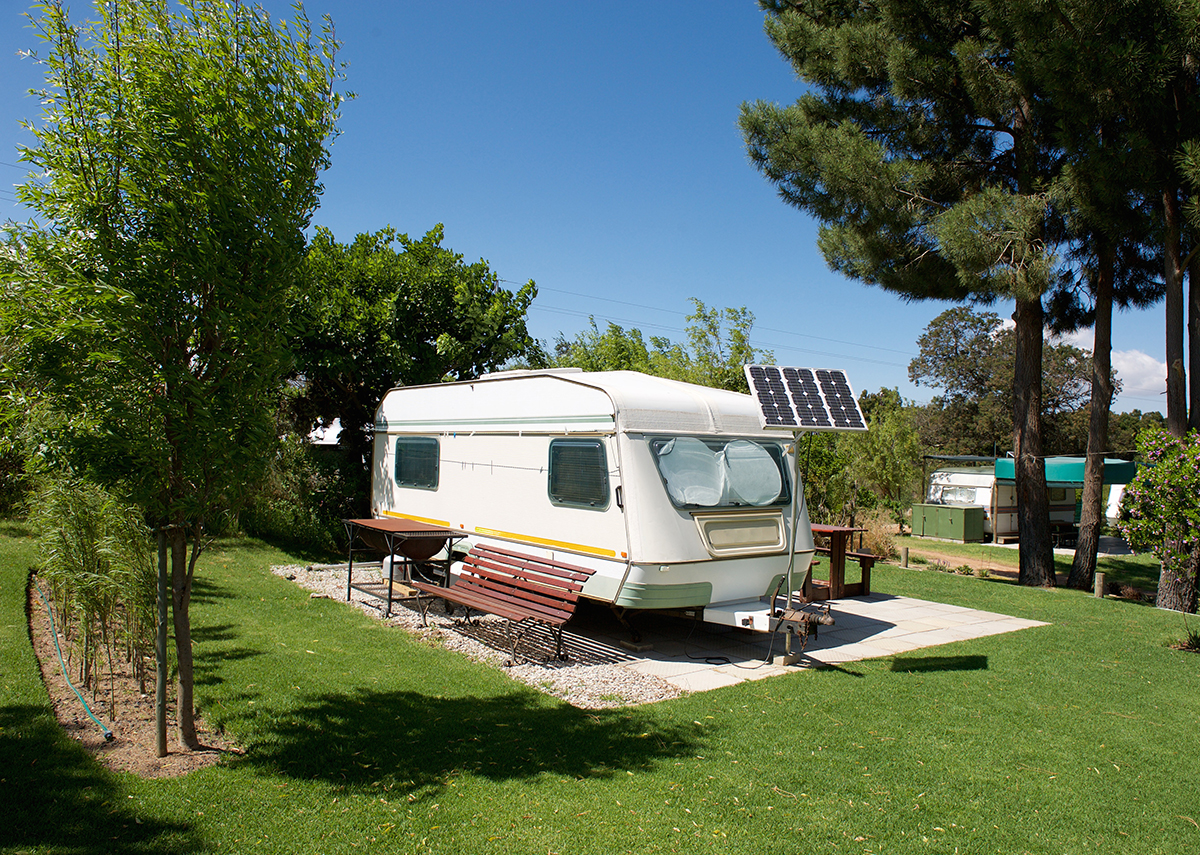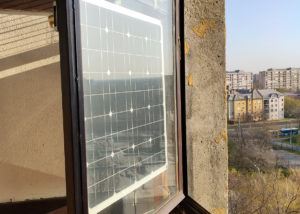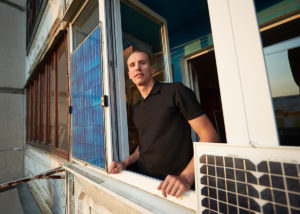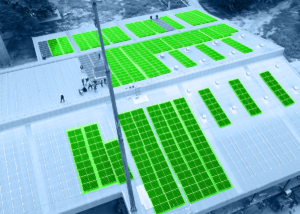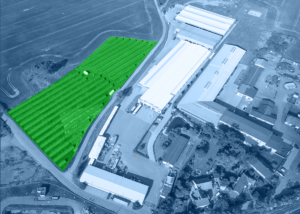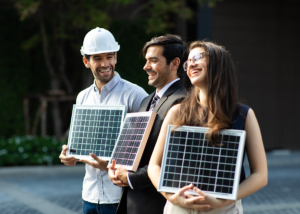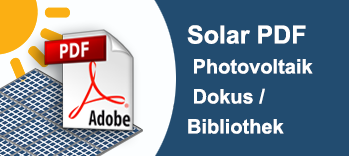Plug-in solar device: the solar system for balconies and gardens, particularly interesting for long-term campers
Language selection 📢
Published on: April 5, 2021 / update from: July 13, 2021 - Author: Konrad Wolfenstein
Plug-in solar – balcony solar – mini solar systems
Plug-in solar devices are as simple as they are somewhat complicated. While the installation or construction is quite simple, there are a few points you should know about. We at Xpert.Digital provide a few important points that you should know about this.
What is a plug-in solar device?
Plug-in solar devices are small mini solar systems, essentially the little sisters of the well-known solar systems on roofs or in the open field (outdoor cultivation area). It is an electricity-generating household appliance, not a solar system in the technical sense. You can usually purchase them as a complete package and install them like a plug-and-play system and connect them to the socket. The only difference is that the electricity generated then flows in reverse into the socket, from which the other electrical devices such as televisions, refrigerators or washing machines can draw the electricity again from the other sockets. This causes the electricity meter to count more slowly. The prerequisite for this is that the electricity meter is an intelligent meter, also known as a smart meter.
The main difference to a “normal” solar system is that the electricity produced is not fed into the general power grid. The electricity meter runs slower or even stops as long as electricity is produced. If the solar power of a plug solar device is not used by a consumer (electronic devices) at the time of electricity generation, it is lost unless a power memory is used. More on that later.
An example: plug-in solar devices as balcony solar
Do I have to register a plug-in solar device?
In the EU, small electricity producers up to 800 watts do not require regulation. However, the network operator should be contacted before installation. Many network operators offer simplified registration. They also check whether the electricity meter may need to be replaced (smart meter replacement).
A plug-in solar device must also be registered with the Federal Network Agency after installation; this can be done online here: www.marktstammdatenregister.de
How do I mount or install a plug-in solar device?
Depending on how the plug-in solar device is purchased and ordered, a mounting set for roof, wall or balcony is usually included. Plug-in solar devices usually consist of 1 or 2 standard solar modules and an inverter that converts the solar power into 230 volts.
Usually not included as standard is a special power socket that should be used in accordance with the VDE standard. However, well over tens of thousands of plug-in solar devices are operated without any problems with normal sockets and not with these special feed-in sockets. In general, however, we recommend commissioning a specialist to carry out the installation for all electrical connections.
A power of 200 to 300 watts is recommended for personal consumption. Of course there is more. But then an electrician should check the technical requirements. The consumer advice center speaks of a plug-in solar device up to a maximum of 600 watts. The power should not exceed 600 watts, otherwise the house network could be overloaded.
A “correct” solar system is only worthwhile with a system output of over 2 to 3 kilowatts (KW).
Another example: plug-in solar devices as window solar
- Plug-in solar devices as window solar – Image: meszigabi|Shutterstock.com
- Plug-in solar devices as window solar – Image: anatoliy_gleb|Shutterstock.com
How safe are the plug-in solar devices?
In general, an electrician should check the suitability and installation of the plug-in solar device. If you order the plug-in solar device from a corresponding provider, then the former is usually the case. Inverters that can be used to connect solar modules to the socket have been around for decades. The mains feed devices have a protective circuit that switches off the voltage at the output when they are disconnected from the mains. This means there is no risk of electric shock if the plug is pulled out.
Plug-in solar devices are safe if the module inverters used meet the requirements that are also placed on inverters for normal solar systems. The installation standard also requires an electrician to check the suitability of the circuit for feeding in solar power.
What is the difference to camping or allotments?
- If there is no shore power available for camping or your own allotment, then the only option is the isolated solution.
- If you want to be independent of shore power and the regulations of the electricity provider, we also recommend an isolated plug-in solar device solution.
- It is particularly interesting for long-term campers, who usually do not want to accept the more expensive electricity from the campsite operator without an alternative. While the costs in private households are 25-30 cents per kWh (kilowatt hour), depending on the tariff, these are usually over twice as much on campsites. As a rule, these are between 50 and 70 cents per kWh. In order to avoid unnecessary discussions with the campsite operator regarding the necessary smart meter for a socket feed for self-consumption, an isolated solution with electricity storage is recommended.
Is a plug-in solar device worthwhile?
Especially when camping, the costs are amortized almost twice as compared to a balcony solar system at home. Purchasing a power storage unit becomes even more interesting, especially for long-term campers. Another advantage of electricity storage compared to the other variant is that the electricity generated is not lost when not in use, but can be stored.
In general, you can say that a plug-in solar device pays for itself in terms of energy in just a few years.
Are plug-in solar devices ideal for those on a budget and suitable for renters?
There is something for every wallet and especially with smaller “solar power plants” it is particularly worthwhile because they are used and used almost 100 % without any problems. Let's take the refrigerator, which is used 24/7 around the clock and therefore always needs electricity. Then a power memory is not necessary as a further cost factor.
With plug-in solar devices, tenants also have the opportunity to easily participate in cheaper solar power and make a contribution to the energy transition. However, the landlord's consent may be necessary if this changes the external appearance of the house or if secure fastening requires intervention in the building structure.
With Xpert.Solar we offer consulting services for companies that are planning a photovoltaic system for a flat or pitched roof - even without roof penetration!
- Warehouses, production halls and industrial halls with their own power source from a photovoltaic roof system - Image: NavinTar|Shutterstock.com
- Industrial plant with its own power source from an outdoor photovoltaic system - Image: Peteri|Shutterstock.com
- Plan solar systems with photovoltaic solutions for freight forwarding and contract logistics
- B2B solar systems and photovoltaic solutions & advice
- Plan photovoltaics for warehouses, commercial halls and industrial halls
- Industrial plant: Plan a photovoltaic open-air system or open-space system
- Plan solar systems with photovoltaic solutions for freight forwarding and contract logistics
- B2B solar systems and photovoltaic solutions & advice
Why Xpert.Solar ?
Xpert.Solar is a project from Xpert.Digital. We have many years of experience in supporting and advising on storage solutions and in logistics optimization, which we bundle in a large network Xpert.Plus With Xpert.Solar we combine the same know-how in the areas of photovoltaics and renewable energies.
If you wish, you can also access our large market observation and market intelligence data in the form of PDFs. More about that here .
I would be happy to serve as your personal advisor.
You can contact me by filling out the contact form below or simply call me on +49 89 89 674 804 (Munich) .
I'm looking forward to our joint project.
Xpert.Digital – Konrad Wolfenstein
Xpert.Digital is a hub for industry with a focus on digitalization, mechanical engineering, logistics/intralogistics and photovoltaics.
With our 360° business development solution, we support well-known companies from new business to after sales.
Market intelligence, smarketing, marketing automation, content development, PR, mail campaigns, personalized social media and lead nurturing are part of our digital tools.
You can find out more at: www.xpert.digital – www.xpert.solar – www.xpert.plus



